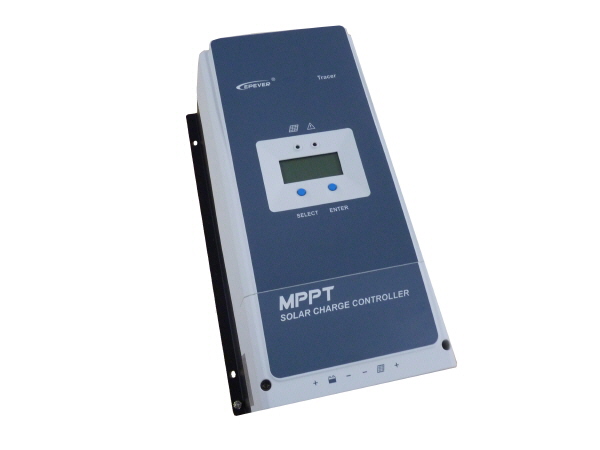Its been a long hard journey for me for some reason,
not quite there yet, but I am up and running to a point!!!
Its now time to add a small solar array to my current system (Shneider xw+ and four server rack batteries.
currently charging via a chargeverter and a Gen as I am off grid (not tied to the grid)
I am looking for recommendations for 5 panels to fit a slate pitched roof.
any suggestions plz for panels and the MPPT charger
not quite there yet, but I am up and running to a point!!!
Its now time to add a small solar array to my current system (Shneider xw+ and four server rack batteries.
currently charging via a chargeverter and a Gen as I am off grid (not tied to the grid)
I am looking for recommendations for 5 panels to fit a slate pitched roof.
any suggestions plz for panels and the MPPT charger






